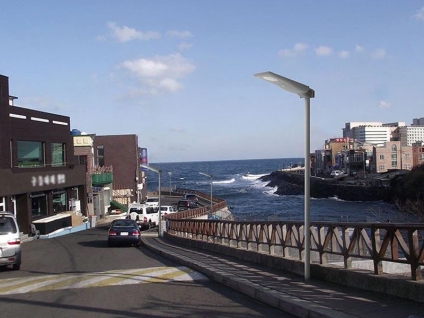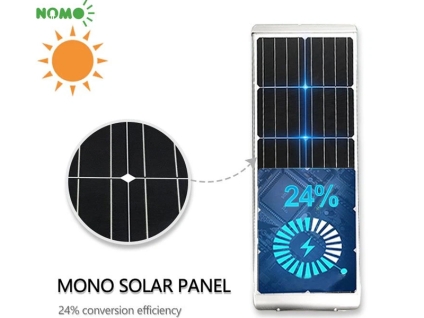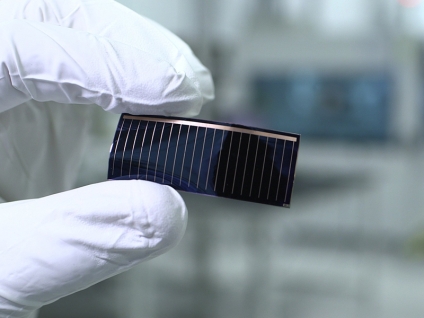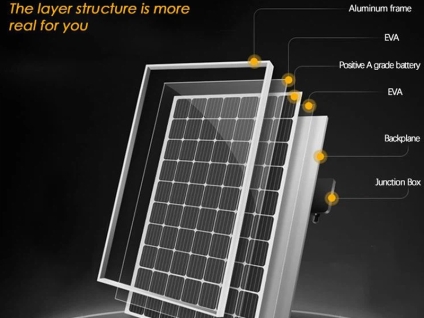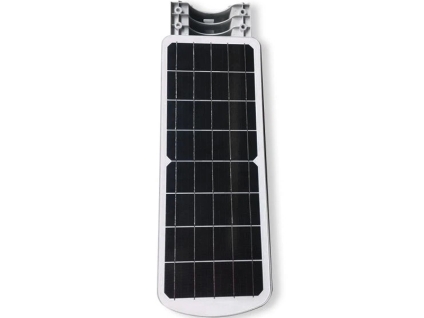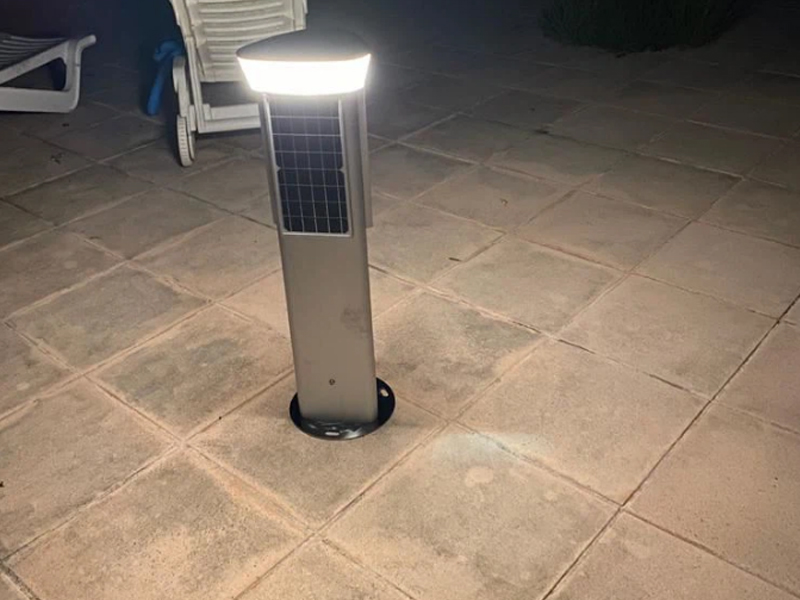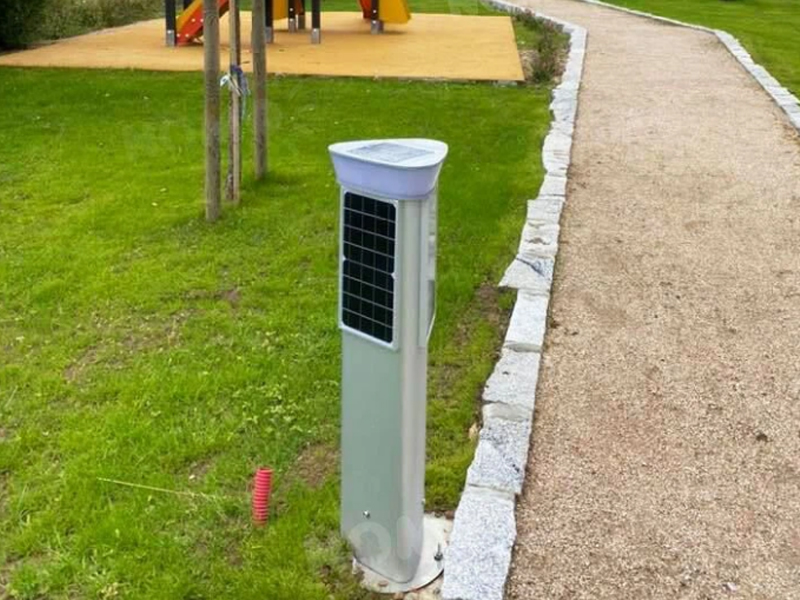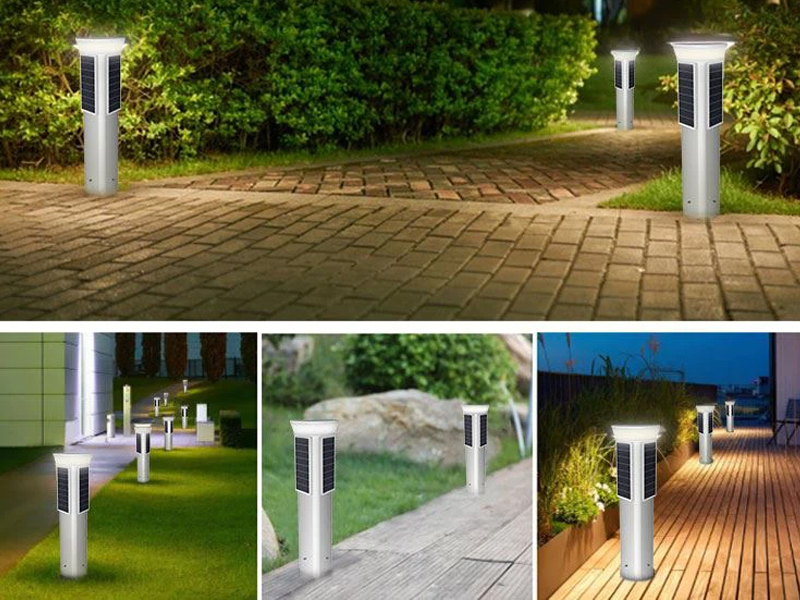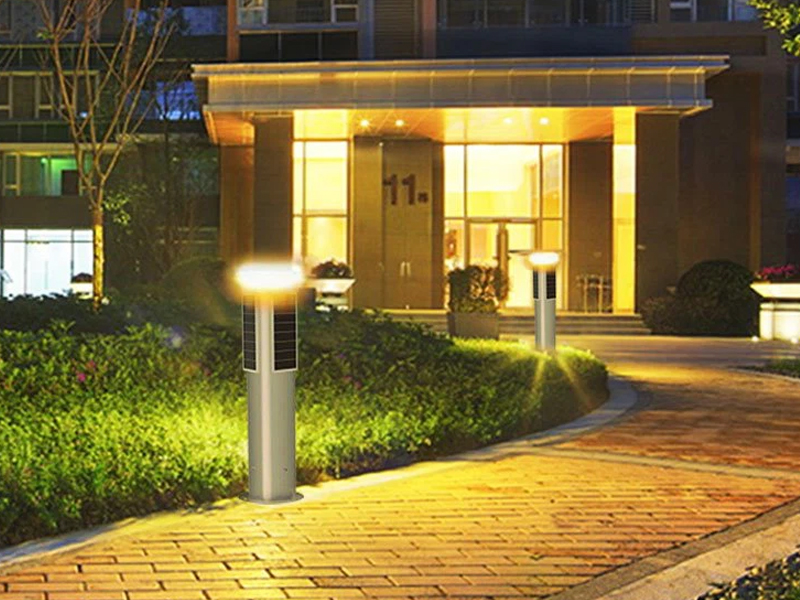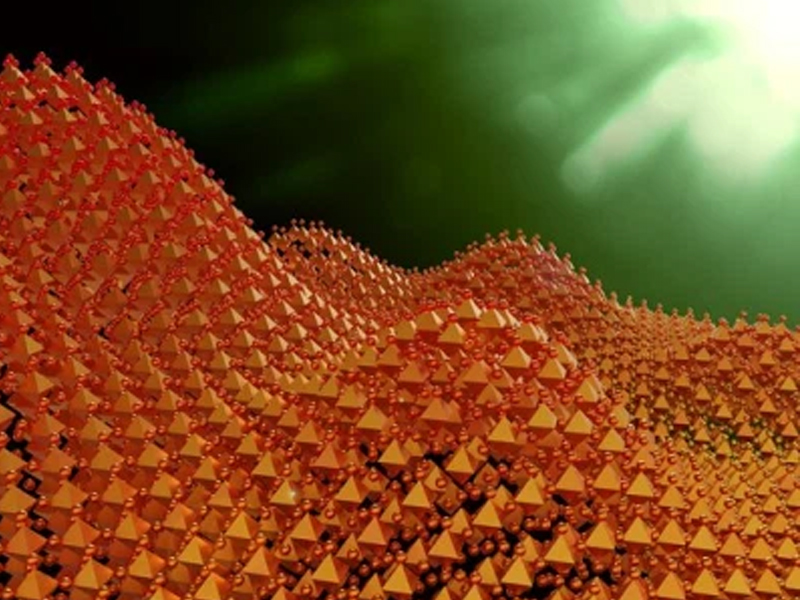
Better Performance Of Solar Cell Materials Under Pressure
Electric solar cells made of silicon and perovskite, especially perovskite variants containing mixed halogens (such as iodine and bromine) are more efficient and cheaper than traditional silicon solar cells. This is because they can convert more of the solar energy into electricity. However, perovskite decomposes under the influence of light and is still not suitable for commercial use. By replacing the cations (positively charged ions) in the perovskite structure, the stability of the material can be improved. Researchers from the Dutch Institute of Atomic and Molecular Physics (AMOLF) revealed that this increase in stability comes from the compression of the structure, and its effect is equivalent to exerting considerable pressure on the material. The results of their research have been published in the journal Cell Reports Physical Science.
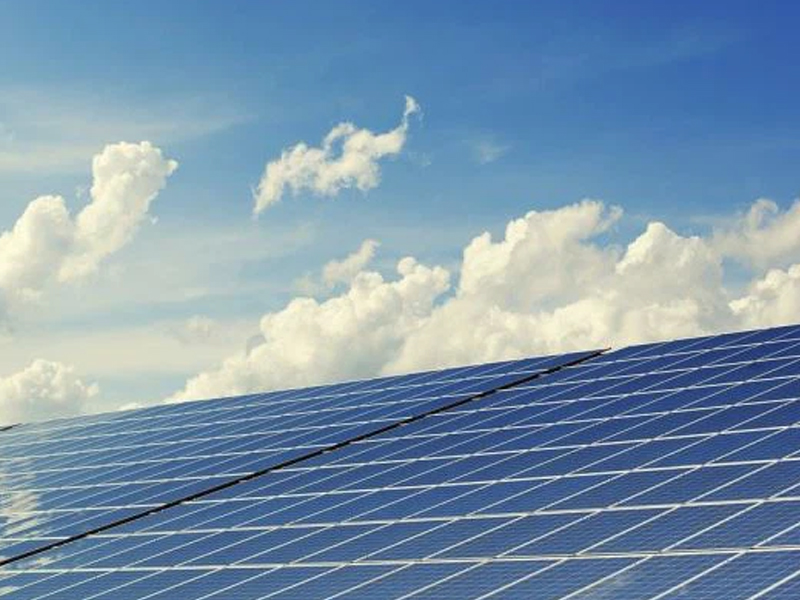
Chemical intuition
Perovskite consists of a lead ion and halide ions (such as bromide and iodide ions) around it. This forms a three-dimensional structure shaped like a cage filled with cations, such as methylammonium ions. The problem is that when this structure is exposed to light, bromide ions or iodide ions will be concentrated in different areas of the material. This way, the advantage of bromine and iodine mixing in the perovskite structure will no longer exist, which is a major part of the spectrum. Part of the energy will be converted into heat instead of electricity.
Eline Hutter is an experienced chemist and until this year she has been a researcher of AMOLF. She thought that applying high pressure to the material might prevent this simultaneous separation of halogen ions. "I didn't know exactly why this was at the time. I called it chemical intuition."
Challenging experiment
The hybrid solar cell team at AMOLF has previously developed a device that is very useful for this kind of research: a transient absorption spectrometer (TAS) that can measure the electronic properties of perovskites under extremely high pressure. "There is no other device in the world that can compare with it. It can combine a transient absorption spectrometer with a pressure vessel," said Bruno Ehrler, the leader of the group. "But I doubted Eline's ideas at first because we The experiment that had to be done seemed too challenging."

Together with her colleague Loreta Muscarella, Eline Hutter used this device to measure what happened to the perovskite material under light. "If pressure is not applied to the material, we will observe the separation of bromine and iodine. At a pressure of 3000 bar, we find that the separation does not occur anymore."
Practical solution
This result confirms Hutter's conjecture that the free space in this material and the corresponding pressure play a key role in the separation of halogens. Although it is unrealistic to make a solar cell with such a high voltage applied, there is a practical solution, Hutter explained, "If we replace the cations in the perovskite cage structure with smaller cations, such as Cesium ions, then a phenomenon called chemical shrinkage occurs. The entire structure shrinks, just like the soil shrinks when it dries. This effect is exactly the same as the effect produced by applying high pressure to the material."
Hutter and her colleagues then used a transient absorption spectrometer to verify that the separation of bromine and iodine in this chemically contracted perovskite did not occur anymore. In this way, they proved a very important aspect of the theory that has been forgotten by people: the volume of the material has not been included in the calculation before. Hutter said, "In my opinion, the interesting part of this study is the connection between internal pressure and external pressure."
This is an important discovery that helps stabilize the structure of perovskites. Ehrler said, “Past research has focused on kinetics, that is, slowing down the separation of ions by slowing down the movement of ions. Now we have confirmed that by increasing the high pressure Changing the thermodynamic conditions, even if the ions move as fast, the separation of bromine and iodine is not energy-efficient, so this separation phenomenon does not occur."




